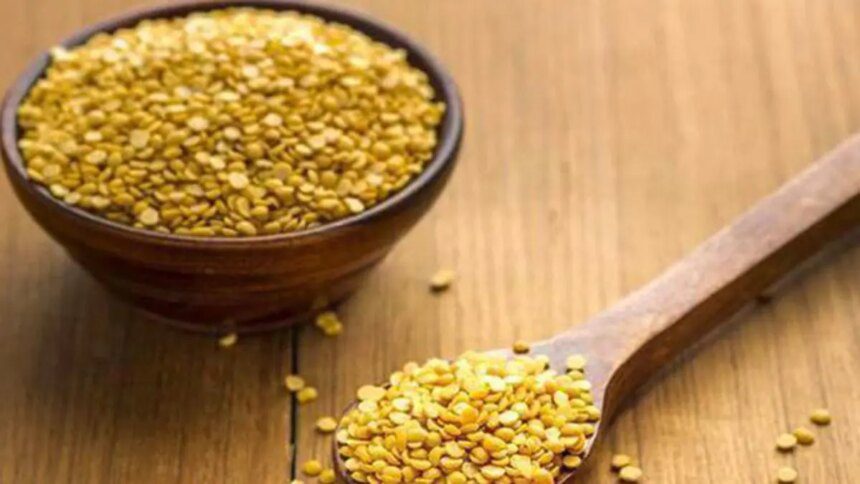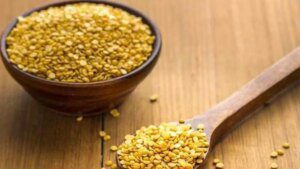Farmers and district agriculture officials in Maharashtra are estimating a nearly 40 percent loss in the tur crop (pigeon pea/arhar) due to persistent rains and flooding. Maharashtra is one of India’s leading tur producers, significantly contributing to national production.
This crop damage is expected to disrupt the pulse market in the upcoming months. However, imports from African nations such as Tanzania, Mozambique, and Malawi—priced at around $550 (₹48,500) per tonne—may help mitigate the supply shortage in India. The current import price stands in contrast to the minimum support price (MSP) of ₹80,000 per tonne for the current season, which runs until June 2026.
In the 2024-25 agricultural year, India produced 35.61 lakh tonnes of tur, with Maharashtra producing 13.25 lakh tonnes, leading among all states. Data from the Department of Agriculture and Farmers Welfare indicate a marginal increase in the area designated for tur cultivation, from 46.45 lakh hectares in 2024-25 to 46.60 lakh hectares for 2025-26. The sowing area in Maharashtra was recorded at 11.89 lakh hectares last year and fell to just over 11.60 lakh hectares this season.
More than 90 percent of India’s tur production comes from eight states: Maharashtra, Karnataka, Madhya Pradesh, Uttar Pradesh, Gujarat, Jharkhand, Telangana, and Andhra Pradesh.
Typically sown in June and July, tur is harvested after 120 to 190 days. However, key tur-producing districts—such as Ahilyanagar, Sangli, Satara, Pune, Beed, Solapur, Latur, and parts of Marathwada—have experienced heavy, prolonged rainfall, damaging crops at critical flowering and pod formation stages.
“There could be around 40 percent damage to the tur crop, as large areas remain waterlogged,” stated Shivsamb Ladke, the agriculture officer for Latur district. “Even after the rains subside, the impact will be severe, with wilting visible across most fields.” Latur is one of India’s major grain markets, renowned for its dal mills.
Sudhakar Borale, the district agriculture officer of Ahmednagar, echoed these concerns, reporting widespread damage across all parts of the district.
Fusarium wilt, a soil-borne fungal infection that obstructs the plant’s water and nutrient transport, has been identified as a primary cause of the crop damage. Agriculture expert Deepak Chavan noted that field assessments suggest that approximately 25-30 percent of the standing tur crop is affected by wilt disease, an additional loss on top of the destruction already incurred from the severe flooding in recent months. Despite these challenges, he indicated that consumers are unlikely to experience immediate market impacts due to ongoing imports of pulses, including tur.
Reports indicate instances of widespread flower shedding and blackened pods stemming from fungal infections. “This year, prolonged moisture and cloudy conditions have hindered crop growth. We anticipate a yield decrease of four to five quintals per hectare,” said Rajesh Kute, a farmer from Ahmednagar.
Excess moisture and limited sunlight have stunted plant development, delaying pod formation. Farmers observe that although soil moisture is beginning to reduce with the arrival of winter, pest attacks are intensifying. Many fields, now nearing harvest, are showing insufficient pod formation, raising concerns about lower market availability in the coming months.
Farmers are now relying on clear weather in the weeks ahead to salvage what remains of their crop.
Published on October 28, 2025.










